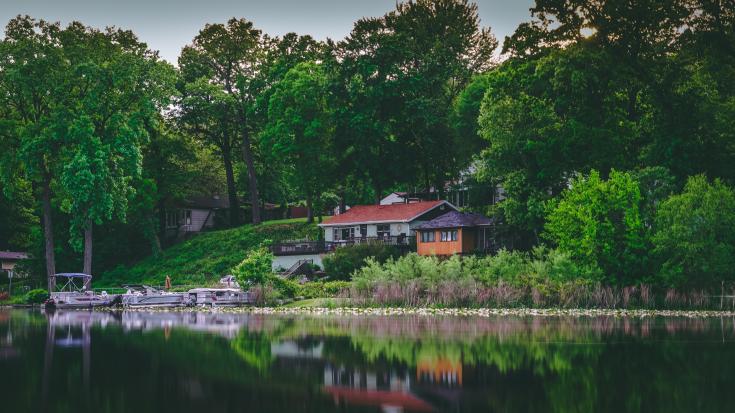Protection and sustainable management of heritage in coastal and fluvial regions

It is estimated that almost half of the EU’s population lives within 50 km of the sea. The wellbeing of these citizens and the economic viability of the coastal areas and river banks depend on the preservation of their natural resources, biodiversity, landscape and cultural heritage assets. These also provide possibilities for transport, trade, tourism and recreational activities. The role of cultural heritage assets (e.g. harbours, dams, light houses, fishing villages, underwater artefacts, etc.) as a strategic resource for development of coastal and fluvial areas is important but often not sufficiently recognised. Nevertheless, many fluvial and coastal regions across Europe seek to strengthen the management of their heritage. These improvements are taking place in the context of the EU Work Plan for Culture (2015-2018) and the Council conclusions on participatory governance of cultural heritage.
Maritime and blue economy development has been considered by over 40 regions within the EU. Amongst the areas with high potential for investments are aquaculture and fisheries, marine knowledge, blue renewable energy, biotechnology, tourism and recreational activities, environmental sustainability, shipbuilding and smart grids. Sea-basin strategies provide a framework for cooperation between the European Union, the Member States and their regions in these areas and, where appropriate, third countries sharing a sea basin. Such strategies seek to address common marine and maritime problems, find joint solutions and maximise common assets for the entire region.
The main objective of EU water legislation is to achieve good status of the EU's water resources. As per the State of Water Report from the European Environment Agency, published on 3 July 2018, groundwaters generally have the best status of the different water bodies. Good chemical status has been achieved for 74% of the groundwater area, while around 40% of surface waters (rivers, lakes and transitional and coastal waters) are in good ecological status or potential.
Policy brief on protection and sustainable management of heritage in coastal and fluvial regions
Policy brief on protection and sustainable management of heritage in coastal and fluvial regions
